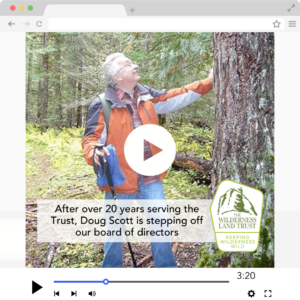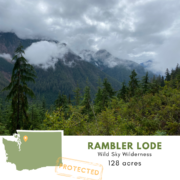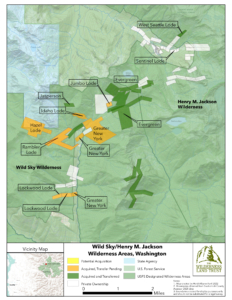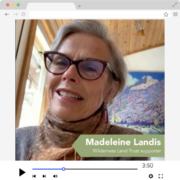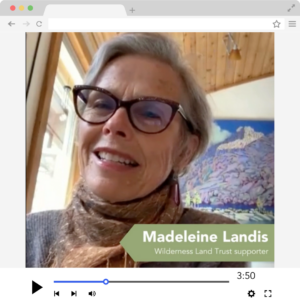July 12, 2024-
When we set out last year to begin creating a first of its kind GIS-based national inventory of private properties in and around wilderness, we knew we’d need help. We knew what the challenges of our current, largely analog system of inventorying wilderness inholdings are, we knew what we were hoping to accomplish with the help of this new GIS tool, but we only had a passing knowledge of the GIS technology itself. So, we began engaging with experts in the field to understand what resources were already out there and how we might go about carrying out this ambitious project. As is often the case when you have limited knowledge and are talking to someone with vast knowledge, it can be hard to know what you don’t know, and even to know what the right questions to ask are, let alone the right terms to use in asking.
In discussing where to begin, Brad, our President, mentioned “You know, I’ve met one of our supporters in Washington named Stu Smith who is a retired GIS professional. He might be willing to talk with us to answer some questions”. Little did we know that not only would Stu graciously be willing to answer some questions, he’d become an integral part of the project.
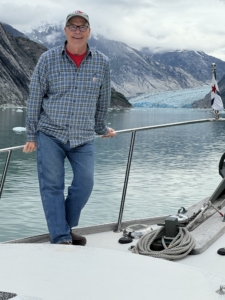
Stu Smith enjoying a recent trip outside the Tracy Arm-Fords Terror Wilderness in SE Alaska
Growing up in rural Oregon as the son of a forester, Stu knew he was destined for a career involving the outdoors and natural resources. From an early age he studied the maps and aerial photographs his dad would bring home. After working as a wildland firefighter through college, he earned a PhD in plant ecology. At the time GIS, short for Geographic Information System, was in its infancy, but Stu became fascinated with how it could connect his work in ecology collecting field data and analyzing it with statistics with his love for maps. Soon after Stu decided to pursue a career in GIS.
Stu describes GIS as a big map overlaid with transparent sheets showing things like land ownership, soil types, watersheds, and wildlife migration corridors, all georeferenced, or lined up with the map and each other. These sheets can be viewed in any combination to see how they intersect, and even how they change over time.
For our inventory purposes, we needed to collect and organize the electronic data layers of designated wilderness areas, proposed wilderness areas and other relevant conservation designations, as well as private properties in and around them. It sounds simple enough, but with 180,000,000 land ownership parcels recorded by 3,200 counties across the US (each with its own slightly different method of keeping and naming records), it is no easy task. When you think about all the different combinations and permutations of how these parcel layers can intersect, the possibilities quickly multiply. That is where Stu stepped in. Volunteering his time, he expertly crafted the algorithms to have the GIS software identify private inholdings within wilderness, edgeholdings that adjoin wilderness, and outholdings that may be important for protecting wilderness values. Essentially this created the first-ever complete national inventory.
Now we are hard at work ground-truthing it to refine those algorithms. Where are the boundaries shown by different data sources in conflict? Of the inholdings identified, which are privately owned vs. state or tribally owned? Which are owned by other land trusts or conservation groups? Which counties are recording things like grazing leases on public lands in the same way as private ownership? Our partners around the country are applying their local knowledge to help us with this work, as well as to provide GIS layers for proposed wilderness or other conservation priorities. With each step of this process, our inventory becomes more refined, and the full picture of the need and opportunity for protecting private lands in and around wilderness comes into sharper focus.

This screenshot taken from our GIS mapping tool shows how we can easily identify wilderness inholdings that are entirely within the wilderness (red), as well as edgeholdings that are partially within or adjoining the wilderness (purple). It also identifies properties not within or adjoining the wilderness (yellow) for which protection might benefit wilderness values. The tool also allows us to easily identify ownership– in this case these properties are owned by the Trust, and are part of our 183-acre Cross Mountain project in Colorado which will soon be transferred to public ownership.
Already this tool is providing huge benefits to our work. In the coming months, we’ll continue to refine it and build the additional capacity in it to analyze parcels for various development threats and conservation values using local, regional, and national data layers. Soon we look forward to making it available to share with land management agencies and other conservation organizations to aid in their work as well.
Beyond the many many hours of his time he has donated, Stu’s vision and discerning eye have brought immense value to the project, and we are beyond grateful. For his part, Stu says “I’m just happy to be the right person at the right time to be able to help the Trust”.
The initial investment to build our GIS program over the next three years will require $200,000 in capital, with an ongoing annual cost of $52,000. Donate today to support this work.
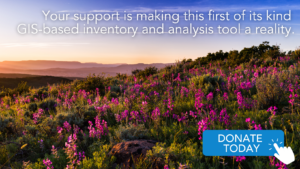
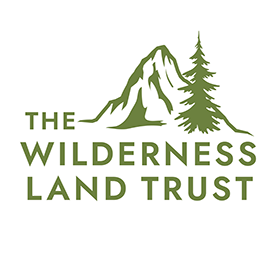
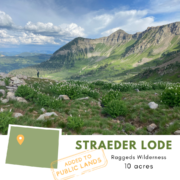
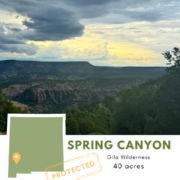

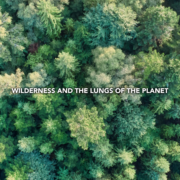





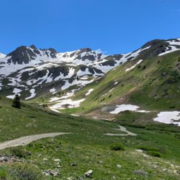
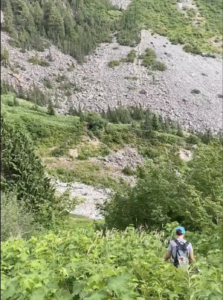 Access: Wild Sky Wilderness, Washington
Access: Wild Sky Wilderness, Washington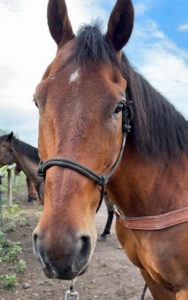 Best Company: Spring Canyon- Gila Wilderness, New Mexico
Best Company: Spring Canyon- Gila Wilderness, New Mexico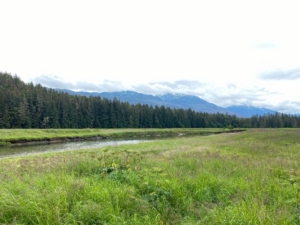 Most Surprising Find: Wheeler Creek- Kootznoowoo Wilderness, Alaska
Most Surprising Find: Wheeler Creek- Kootznoowoo Wilderness, Alaska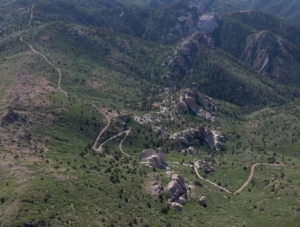 Most Likely to Need Rental Car Insurance: Cougar Canyon Wilderness, Utah
Most Likely to Need Rental Car Insurance: Cougar Canyon Wilderness, Utah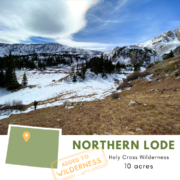
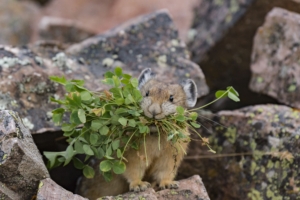 Throughout the property a series of scree slopes and grassy alpine meadows are home to high alpine inhabitants like the American pika. The potato-sized pika is found in the high country throughout the rockies, typically above 8,000 ft. You may have heard their loud squeaking “EEEP” calls or seen them dashing through the talus with mouth full of grasses. In order to make it through the harsh alpine winter without hibernating, the pika will spend all summer stockpiling grass under rocks to dry, creating ‘haypiles’. It’s not uncommon for a single pika to make 25 foraging trips an hour between the talus and meadows through the summer!
Throughout the property a series of scree slopes and grassy alpine meadows are home to high alpine inhabitants like the American pika. The potato-sized pika is found in the high country throughout the rockies, typically above 8,000 ft. You may have heard their loud squeaking “EEEP” calls or seen them dashing through the talus with mouth full of grasses. In order to make it through the harsh alpine winter without hibernating, the pika will spend all summer stockpiling grass under rocks to dry, creating ‘haypiles’. It’s not uncommon for a single pika to make 25 foraging trips an hour between the talus and meadows through the summer!

